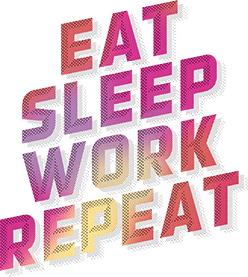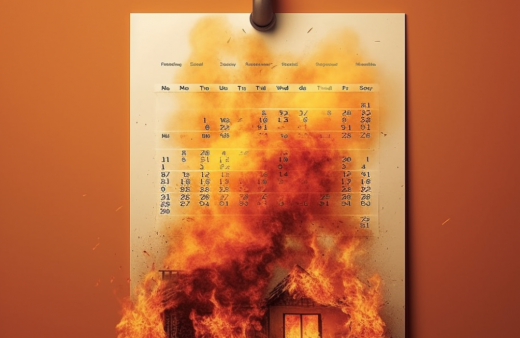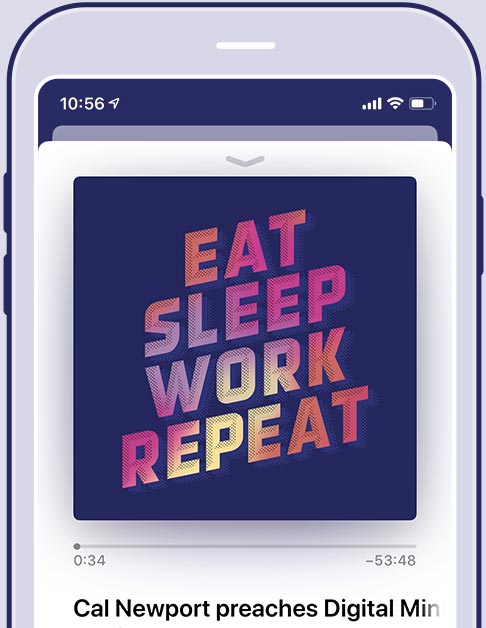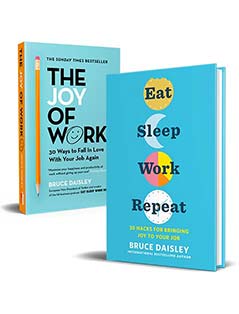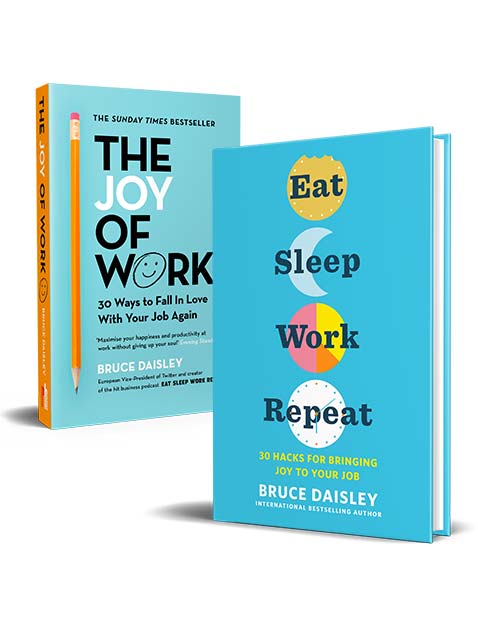What work can learn from Comic Con
Also: the Self/Other overlap and hot reads of the week
Taking stock of three months of WFH
 What do we make of the changes to work? Looking at the data it’s hard to see us going back. Some research out this week gives us some pointers. According to the survey conducted by Tiger Recruitment despite 46% of employees having never worked from home before, 87% said it has had a positive impact on their work – and three-quarters of people love the saving of the daily commute.
What do we make of the changes to work? Looking at the data it’s hard to see us going back. Some research out this week gives us some pointers. According to the survey conducted by Tiger Recruitment despite 46% of employees having never worked from home before, 87% said it has had a positive impact on their work – and three-quarters of people love the saving of the daily commute.
On the flip side, one of the major challenges for 55% of employees was the lack of social interaction. A quarter of workers also reported working more than they should.
Aside from the delight that we’ve made it through the last few months without getting ill or seeing societal collapse (for those outside the US), we need to be honest about what we need to do to make this experiment work for the long-term.
This review of the academic research gives some pointers for what we are dealing with right now – it’s pretty grim reading (all of the sources are in the article if you want to read more):
- Virtual communication makes people ‘more negative, more distracted, less willing to cooperate with others, less likely to share useful information, less trusting, and less willing to listen to new ideas’
- Virtual work leads to a waning in connection to fellow employees (and the company – especially when things get tough)
- Trust and cooperation are harder to achieve when the people you talk to do not also talk to one another
I’ve been thinking a lot about the framing that (WordPress creators) Automattic talk about. They say that our relationship with work is typically 11 months in the office and 1 month away from it. Their remote working model is 11 months away from work and one month a year with colleagues. But that month (in fact, normally split as a week per quarter) is focussed on building co-operation and energised connection between colleagues.
Someone said to me a few weeks ago, ‘is there any evidence we can build emotional connection to other people through a screen?’ I introduced them to The Internet – building communities of interest for more than 20 years. Clearly though the way that we build connections through a screen is different to the way we would build it sitting next to colleagues. And a lot of the ways that office culture just hoped that these things would just happen need to be more intentionally created when we work remotely.
That’s why to me the interesting provocation is thinking of how we go from school to Comic Con. Most of our relationships at work are forged in the way that we created them at school – chatter, gossip, joking, collaboration. If we’re going to achieve these things online we can’t expect to fall back on the same behaviours. Comic Con is an interesting model. People whose interests might mark them out as loners, where they can’t guarantee that the strangers they meet will share their curiosities – and yet they gather once or twice a year for intense moments of connection and engagement. This is surely how the Automattic culture works – and it’s what we all need to think about to make our workplace cultures succeed in the future.

Could the ‘Self/Other Overlap’ give the answers to fixing work?
 One of my favourite pieces of research about team work was about how rowers who row in sync with each other have twice the endorphins of those who row alone. Meaning that doing things with other people changes the experience of them – being part of a team is transformative. So I was delighted to go to pre-lockdown Oxford to interview Dr Emma Cohen, responsible for the work.
One of my favourite pieces of research about team work was about how rowers who row in sync with each other have twice the endorphins of those who row alone. Meaning that doing things with other people changes the experience of them – being part of a team is transformative. So I was delighted to go to pre-lockdown Oxford to interview Dr Emma Cohen, responsible for the work.
LISTEN: What an incredible podcast discussion this was – it goes way further than I imagined. Dr Emma Cohen explains to us the impact of us doing things in sync with others. She goes on to discuss why this matters – and explains the ‘self/other overlap’. This insight is mind-blowing for me. This is so similar to the culture that Jurgen Klopp talks about, when he talks about going from ‘me to we’. It reminds us that the most important thing for our teams right now is to build a sense of togetherness.
Listen to the full episode here.
No safe place?
Someone contacted me this week saying that they worked in a call centre. Many call centre workers are currently working from home, with calls relayed through their computers. The job of call centre worker isn’t always a happy one, people generally show a ruder side of themselves to people dealing with their cancelled flight or glitchy internet than they do to – say – their grandparents or pet cat. The worker told me the fact that their front room was now regularly a scene of (telephone) argument was making it an unhappy place. All of us are struggling to separate home life and work life right now, but this seems like a toxic extreme.

- Firms skipping rent, a market in denial that office space demand is about to half. Commercial real estate is facing “financial armageddon” of 2008 proportions. Much of commercial real estate is owned by pension funds.
- Camera on? Camera off? The changing rules of digital etiquette.
- How many jobs can really go remote? University of Chicago reckons only 1/3 (I suspect the US is more industrialised than the UK and the number for the UK is higher).
- I said a few weeks ago that I was sure people were laughing less than in the old world, so I’m intrigued by the Zoom laughter yoga club that has started (based in Bristol, but, you know, internet).
- What the future of the society has in store for us. Vivek Wadwha’s book The Driver in the Driverless Car was a brilliant projection of what technological advances lie in the 10 years ahead. One of Wadwha’s predictions was free energy – and certainly the incredible falls in solar kWh might suggest he was onto something here. Wadwha believes energy will be like your phone contract, something that we subscribe to for unlimited monthly usage. This week he gave a Zoom TED Talk – worth putting it on while you cook your evening meal. The good stuff is at the start.
